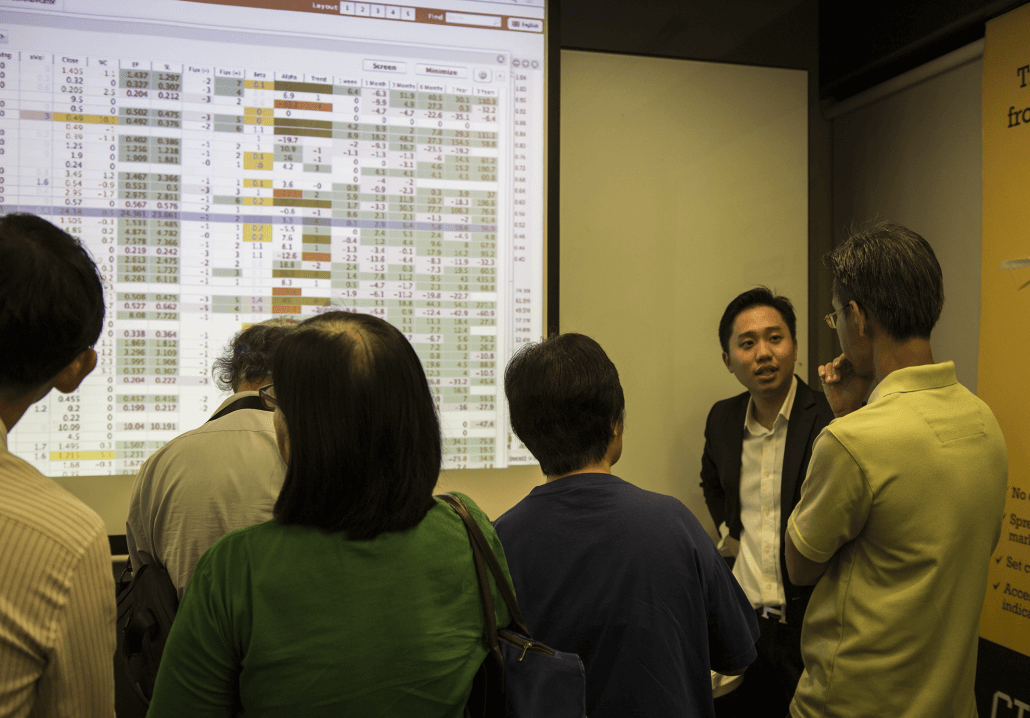What is the one rule that all professional traders use, but many retail traders forget, or are simply unaware of?

We all know that the goal of trading is to make money, and as long as you have an edge in the market, you will be profitable in the long-run.
So the next question is, how do you maximize your profitability without blowing up your account?
The answer lies in the 2% money management rule.
Let’s use a hypothetical example where you start betting with $10,000. In this scenario, you have hitrate (winning chance) of 60%, and you either win double of what you bet, or lose the whole sum of what you bet. How much would you bet each time?
If you bet the whole $10,000, you have a 60% chance of doubling your money, but you also have a 40% chance of losing everything. That is exciting for a gambler, but not ideal if you want to remain profitable in the long-run.
What if you split your $10,000 into 2 bets of $5000 each? Your probability of losing 2 bets in a row is only 16% (40%*40%), which means your chances of losing everything is much less. Sounds good? What if you take it one step further, and split your $10,000 into 10 bets of $1000 each? The odds of losing everything drops to just 0.01%.
In trading, the secret of money management is not to focus on making the most money, but rather to ensure that you do not lose your capital.
As Warren Buffet once said, the number one rule of his is to not lose money.
How does this apply to your trading?
According to the 2% rule, when we take a trade, we will only risk 2% of our capital on each trade, meaning for a $10,000 account, we will only be risking $200 per trade, and that is the maximum amount that we can lose for each trade. (Risk is calculated as the difference between the entry price and stoploss price, multiplied by the quantity traded.)
With this 2% money management rule, the only way to lose all your trading capital is to lose 50 times in a row, and the probability of that happening is less than 0.000000000000000001%.
We have most likely heard horror stories of traders blowing up their account, and that happens when they break this rule. If you stick to this 2% money management rule, it is almost impossible for you to blow up your account, and you will see a marked improvement in your trading results.
And this is what separates the professionals from the average trader.
Which one are you today? 😀
After trading for 18 years, reading 1500+ books, and mentoring 1000+ traders, I specialise in helping people improve their trading results, by using tested trading strategies, and making better decisions via decision science.











